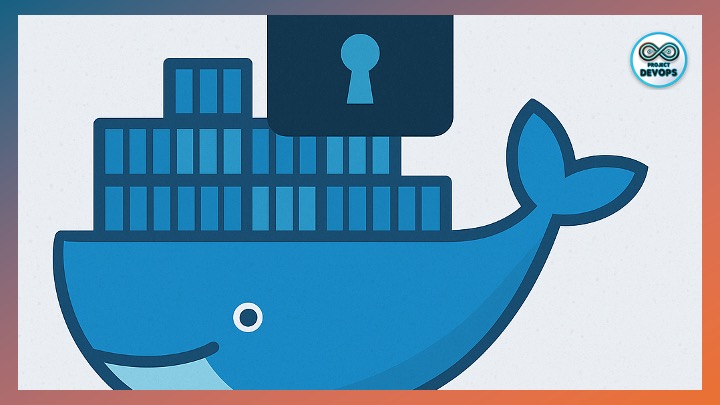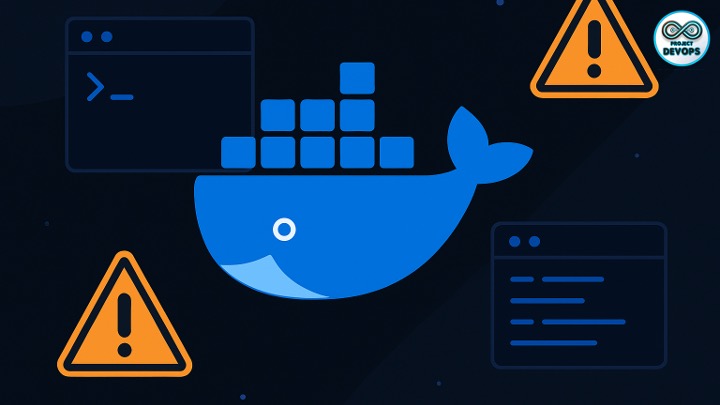Building Docker Hardened Images: A Practical Guide for Secure Container Deployments

Containers have revolutionized application delivery—but with speed and convenience comes the risk of insecure images. A single vulnerable dependency or misconfigured Dockerfile can expose your workloads to attacks. That’s where Docker hardened images come in: minimal, secure, and production-ready builds designed to withstand real-world threats.
In this blog, we’ll dive into:
What a hardened Docker image is
Best practices for hardening Docker images
A full practical example with step-by-step Dockerfile implementation
Security scanning and validation techniques
By the end, you’ll know how to build hardened images that are lean, reproducible, and compliant with enterprise security standards.
What is a Hardened Docker Image?
A hardened image is a security-optimized container image built by following practices that reduce attack surfaces and enforce least privilege. Unlike traditional images, hardened images:
Use minimal base layers (e.g.,
distroless,alpine, orscratch)Avoid unnecessary packages and tools
Enforce non-root execution
Implement image signing and vulnerability scanning
These measures make exploitation significantly harder while reducing maintenance overhead.
Best Practices for Docker Image Hardening
Choose a Minimal Base Image
Use lightweight bases likealpine,debian-slim, or Google’sdistrolessto minimize vulnerabilities.Multi-Stage Builds
Compile code in a builder stage, then copy only the final binaries into a minimal runtime stage.Run as a Non-Root User
Prevent privilege escalation by creating and running under a non-root user.Use Explicit Versions
Pin versions of base images and dependencies to ensure reproducibility.Remove Secrets from Images
Never bake credentials, SSH keys, or.envfiles into Docker images.Enable Read-Only Filesystems
Use Docker’s--read-onlyflag and mount writable directories only where needed.Scan and Sign Images
Use tools likeTrivy,Grype, or Docker Scout to detect vulnerabilities. Sign images withcosignorNotary.
Practical Example: Hardened Docker Image for a FastAPI App
Let’s walk through building a secure, production-ready image for a Python FastAPI application.
Project Structure
fastapi-secure-app/
├── app/
│ ├── main.py
│ └── requirements.txt
├── Dockerfile
└── .dockerignoreSample app/main.py
from fastapi import FastAPI
app = FastAPI()
@app.get("/")
def read_root():
return {"message": "Hello from a hardened Docker image!"}requirements.txt
fastapi==0.115.0
uvicorn[standard]==0.30.0Hardened Dockerfile
# ---- Builder Stage ----
FROM python:3.12-slim AS builder
# Set workdir
WORKDIR /app
# Install build tools (only in builder)
RUN apt-get update && apt-get install -y --no-install-recommends gcc \
&& rm -rf /var/lib/apt/lists/*
# Install dependencies in a virtual environment
COPY app/requirements.txt .
RUN python -m venv /opt/venv \
&& /opt/venv/bin/pip install --no-cache-dir -r requirements.txt
# ---- Final Stage ----
FROM gcr.io/distroless/python3.12
# Copy only the venv and app code
COPY --from=builder /opt/venv /opt/venv
COPY app /app
# Set environment variables
ENV PATH="/opt/venv/bin:$PATH" \
PYTHONUNBUFFERED=1
# Create non-root user
USER 1001
# Set working directory
WORKDIR /app
# Expose port
EXPOSE 8080
# Run FastAPI app
CMD ["uvicorn", "main:app", "--host", "0.0.0.0", "--port", "8080"].dockerignore
__pycache__/
*.pyc
*.pyo
*.pyd
.env
.gitBuild and Run
# Build
docker build -t hardened-fastapi:latest .
# Run with read-only filesystem
docker run -d --name secure-app \
--read-only \
-p 8080:8080 hardened-fastapi:latestNow visit: http://localhost:8080 🚀
Security Validation
1. Scan Image with Trivy
trivy image hardened-fastapi:latestOutput will highlight vulnerabilities, misconfigurations, and secrets.
2. Enforce Policy with Docker Scout (or Grype)
docker scout cves hardened-fastapi:latest3. Sign Image with Cosign
cosign sign hardened-fastapi:latest
cosign verify hardened-fastapi:latestThis ensures your image can’t be tampered with in registries.
Additional Hardening Steps
Drop Linux Capabilities: Run with
--cap-drop=ALL --cap-add=NET_BIND_SERVICE.Enable seccomp/apparmor: Add custom security profiles.
Automate Scanning in CI/CD: Integrate Trivy/Grype into GitHub Actions or Jenkins.
Regularly Patch Dependencies: Use Dependabot or Renovate for automatic updates.
Conclusion
Hardened Docker images are the foundation of secure containerized apps. By using minimal base images, multi-stage builds, non-root users, and vulnerability scanning, you drastically reduce risk while keeping performance high.
Whether you’re deploying to Kubernetes, ECS, or a bare Docker host, adopting hardened images ensures that your containers are production-grade and compliant with modern security practices.
Comments (0)
No comments yet. Be the first to share your thoughts!
